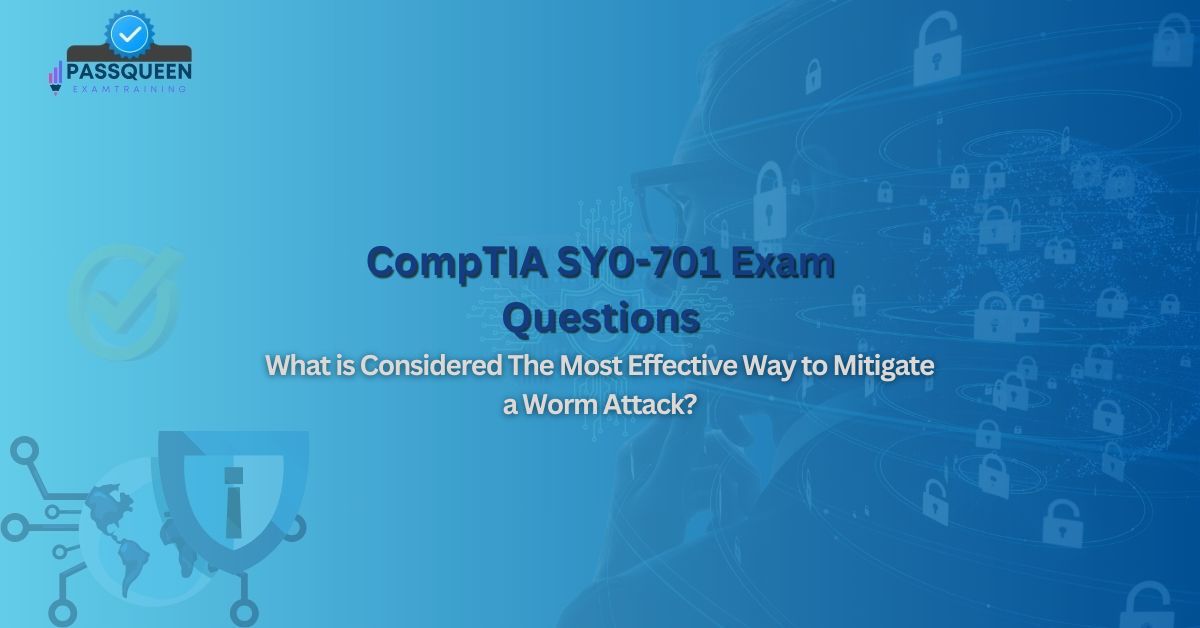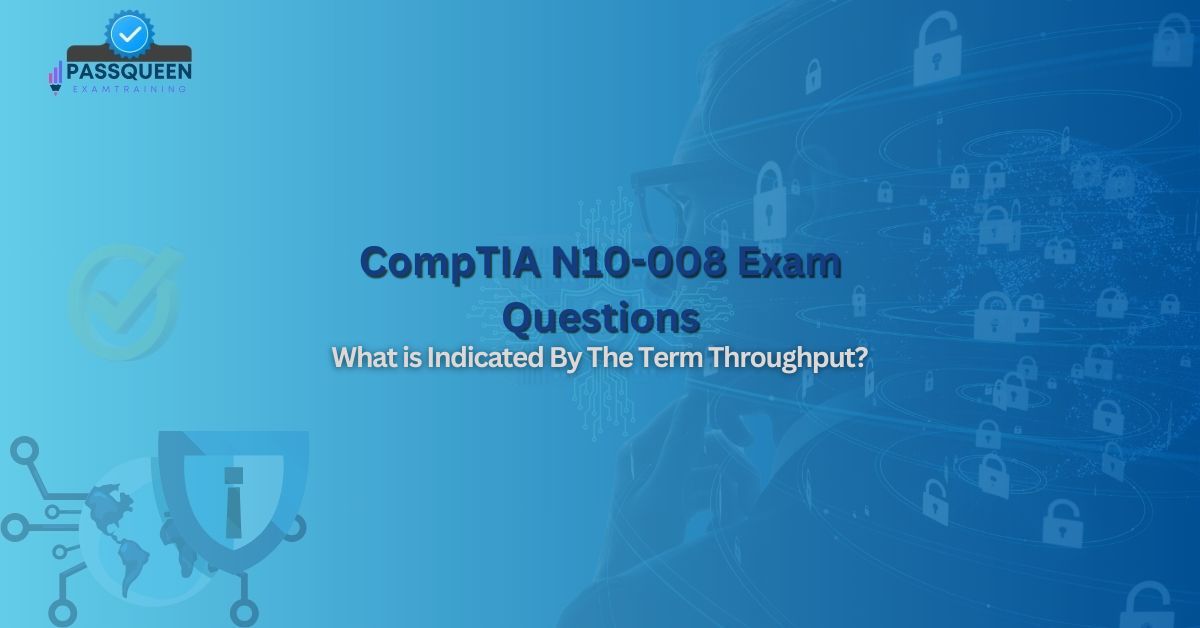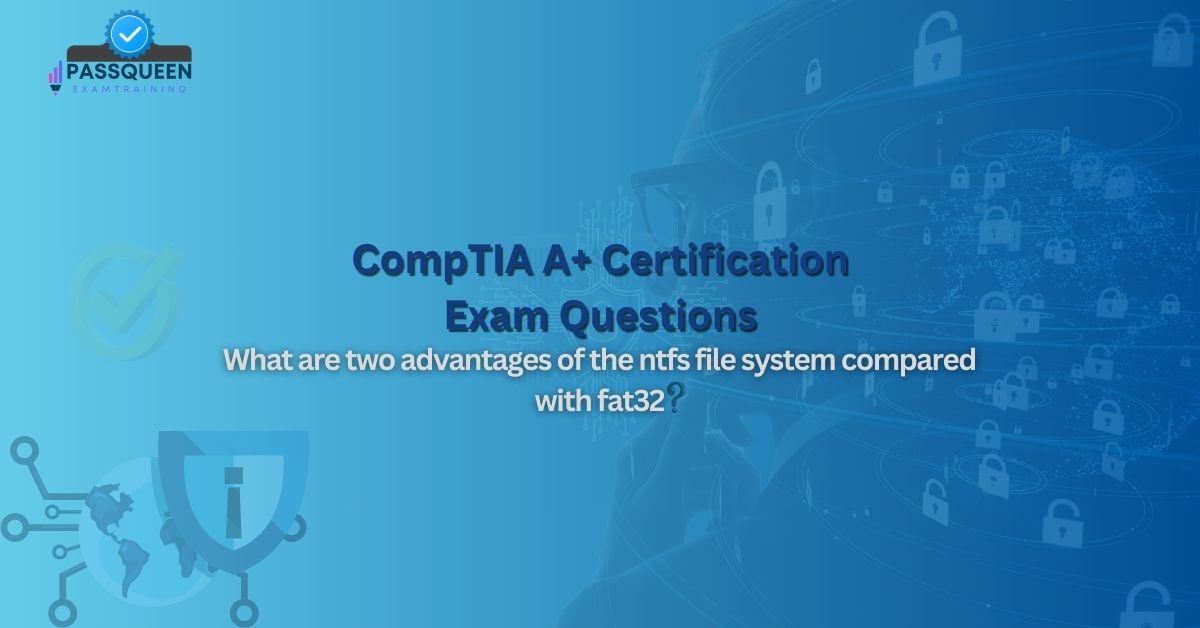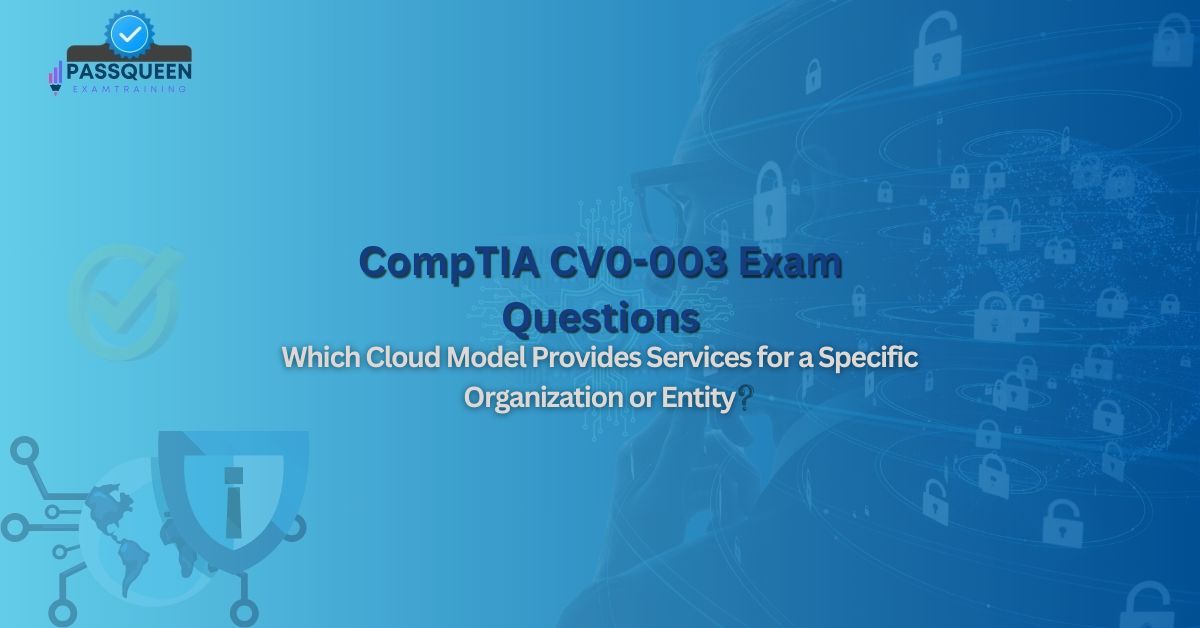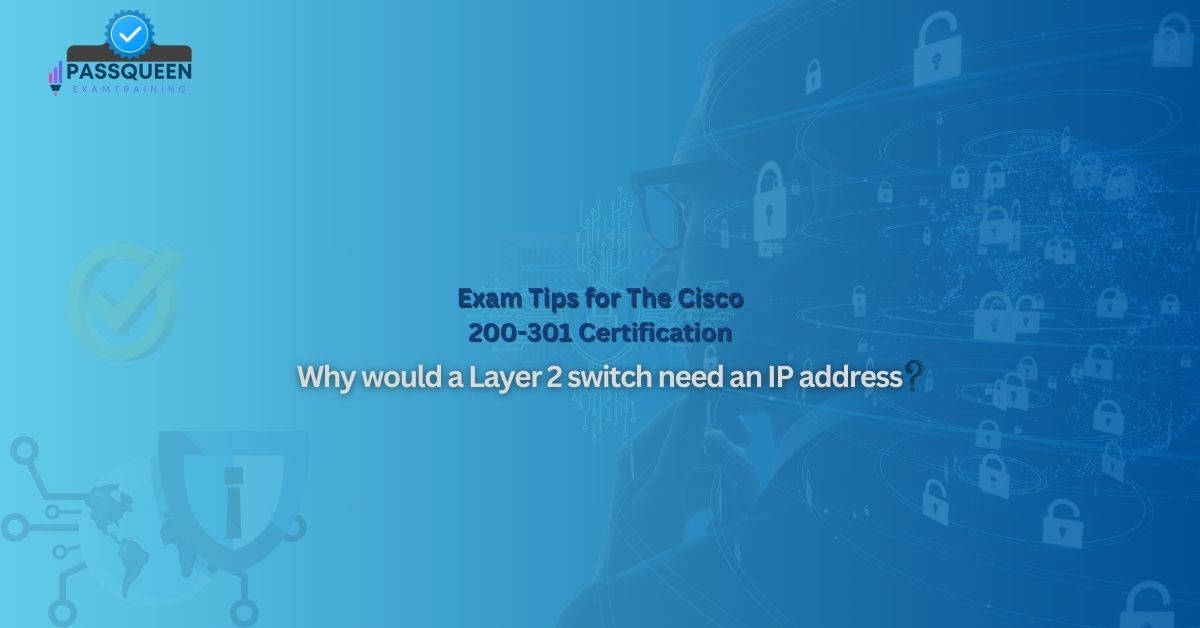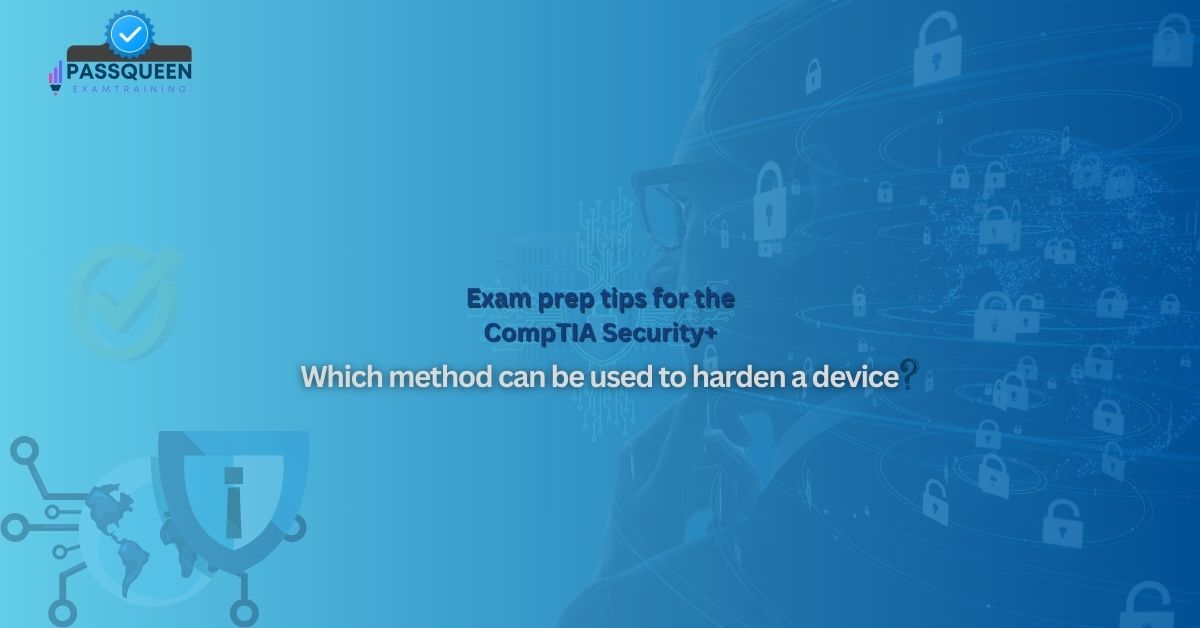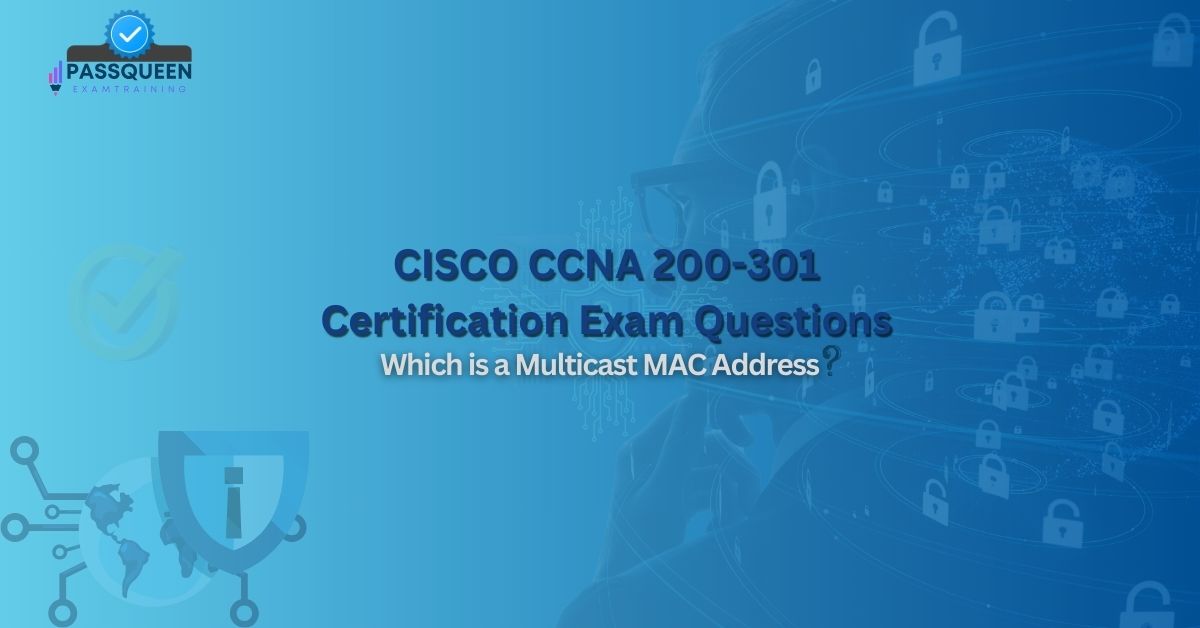Introduction
In the high-stakes world of cybersecurity, worm attacks represent a formidable threat, capable of spreading autonomously and causing widespread disruption. For professionals aiming to earn the CompTIA Security+ certification through the SY0-701 exam, mastering worm attack mitigation is a vital skill that bridges theory and practice. Among the array of defenses, patch management emerges as the most effective strategy, targeting the vulnerabilities worms exploit. This article delves into worm attacks, their mitigation, and the pivotal role of patch management, emphasizing its importance for the SY0-701 Exam and how PassQueen equips learners to excel.
The SY0-701 Exam Questions evaluates a candidate’s ability to secure systems against threats like worms, with a strong focus on proactive measures. PassQueen, with its expertly tailored study resources, aligns perfectly with CompTIA’s objectives, providing the clarity, practice, and confidence needed to ace the exam and thrive in real-world security roles.
Understanding Worm Attacks
A worm attack involves self-replicating malware that propagates across networks without user intervention, exploiting software or system vulnerabilities. Unlike viruses, worms don’t need a host file—they operate independently, spreading via email, network shares, or unpatched endpoints. Notable examples include WannaCry (2017), which leveraged a Windows SMB flaw, and Stuxnet (2010), which targeted industrial systems.
Worms excel at rapid proliferation, consuming bandwidth, crashing systems, and delivering malicious payloads like ransomware or spyware. Their reliance on known, often patchable vulnerabilities makes them a preventable threat—if addressed proactively. For SY0-701 candidates, understanding worm behavior is foundational, and PassQueen’s clear explanations make it accessible.
Mitigation Strategies for Worm Attacks
Combating worms requires a layered defense. Key strategies include:
- Firewalls: Block unauthorized traffic to limit worm spread.
- Antivirus Software: Detect and quarantine worms using signatures or behavior analysis.
- Network Segmentation: Isolate infected segments to contain propagation.
- User Training: Educate staff to avoid phishing or unsafe downloads that introduce worms.
- Patch Management: Update systems to close exploitable vulnerabilities.
While all contribute, patch management directly addresses the root cause—unpatched flaws—making it the most effective.
Why Patch Management Stands Out
Patch management—the systematic process of applying software updates—stands out because it prevents worms by eliminating their entry points. Worms like WannaCry and Conficker thrived on systems lagging in updates, exploiting flaws with available fixes. Patching neutralizes these vulnerabilities, stopping worms before they infiltrate.
Its strengths include:
- Prevention Over Reaction: Unlike antivirus, which responds post-infection, patching prevents breaches.
- Comprehensive Scope: Covers OS, applications, and firmware vulnerabilities.
- Proven Impact: Historical worm outbreaks were curtailed where patches were applied promptly.
- Regulatory Alignment: Meets standards like NIST and ISO, a SY0-701 focus.
Application to SY0-701 Exam Training
The SY0-701 exam integrates worm mitigation into its domains—threats, vulnerabilities, and mitigation techniques. Questions might ask, “What is the most effective way to mitigate a worm attack?” with patch management as the top answer. Performance-based tasks could involve scheduling patches or analyzing a worm’s spread due to outdated software.
Patch management connects to SY0-701 topics like vulnerability assessment and risk management. Candidates might need to prioritize patching in a multi-threat scenario.
Practical Implementation of Patch Management
Implementing patch management is a structured process, relevant to CompTIA SY0-701 Certification Exam and real-world security:
- Asset Inventory: Catalog all systems and software requiring updates.
- Vulnerability Tracking: Use tools like Qualys or vendor alerts to identify patches.
- Prioritization: Focus on high-risk flaws (e.g., those with public exploits).
- Testing: Validate patches in a controlled environment to ensure stability.
- Deployment: Roll out updates via tools like SCCM or PDQ Deploy, minimizing disruption.
- Verification: Confirm patching success and log for compliance.
For example, a company might patch a critical Windows vulnerability within 48 hours of release, thwarting a worm like WannaCry.
Summary of Most Effective Mitigation
Among mitigation strategies, patch management is the most effective against worm attacks. Firewalls and antivirus play supporting roles, but they address symptoms—traffic or infections—rather than the cause. Patching eliminates vulnerabilities, offering a proactive, root-level defense. Data backs this: WannaCry infected over 200,000 unpatched systems, while patched systems remained unscathed.
Importance for SY0-701
Patch management’s importance for SY0-701 lies in its alignment with the exam’s focus on proactive security. It’s a testable skill in vulnerability management, incident prevention, and compliance—domains that reflect real-world priorities. Mastery of patching demonstrates a candidate’s ability to safeguard networks, a core Security+ competency.
SY0-701 Exam Scenario Example
Consider this SY0-701 scenario: A retail chain suffers a worm outbreak, disrupting POS systems. The worm exploited a known vulnerability in outdated software, unpatched for months. The exam asks: “What should have been done to mitigate this?”
Answer: Implement patch management. Regular updates would have closed the vulnerability, preventing the worm’s entry. Supporting measures like segmentation could limit damage, but patching is the primary fix.
Conclusion
Worm attacks exploit unpatched systems, making patch management the most effective mitigation strategy. For the SY0-701 exam, this knowledge is a cornerstone, reflecting real-world security practices. PassQueen transforms this challenge into a strength, equipping candidates to prevent worms and earn their Security+ certification.
With its high-quality, exam-aligned resources, PassQueen ensures SY0-701 learners excel in patch management and beyond. As you prepare, let PassQueen guide you to success—your certification and cybersecurity expertise are within reach.
Sample Questions for CompTIA SY0-701 Exam Prep
What is considered the most effective way to mitigate a worm attack?
A. Installing a firewall to block all incoming traffic
B. Applying software patches to close vulnerabilities
C. Using antivirus software to detect and remove the worm
D. Training users to avoid phishing emails
Correct Answer: B
Explanation: Applying software patches is the most effective way to mitigate a worm attack because it proactively closes vulnerabilities that worms exploit, preventing infection. Firewalls and antivirus help but address symptoms rather than the root cause, while user training, though valuable, doesn’t directly stop worms exploiting system flaws.

